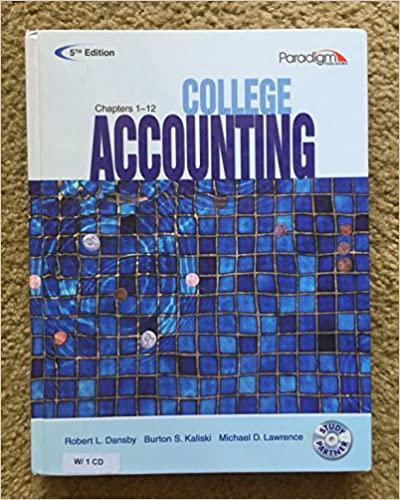Answered step by step
Verified Expert Solution
Question
1 Approved Answer
Diana Capriati, a Canadian resident for income tax purposes, has the following income for 2 0 1 9 and 2 0 2 0 :Income from
Diana Capriati, a Canadian resident for income tax purposes, has the following income for and :Income from employmentGross salaryLess contribution to employer's RPP$ $Income from propertyTaxable dividends from Canadian public corporationsGrossup Bank interest receivedRental income grossDeductible rental expensesOther incomeAlimony payments receivedLoss from businessShare of loss from partnership$$ITA: CHAPTER Diana has asked you to determine the maximum RRSP contribution that she can deduct in Diana put $ into her selfadministered RRSP on February Further, assume that Diana was an active member of the partnership and that her pension adjustment for and was $ and $ respectively. She did not make an RRSP contribution for and did not make any RRSP contributions during Diana had made her maximum RRSP contribution for and all prior years.
Step by Step Solution
There are 3 Steps involved in it
Step: 1

Get Instant Access to Expert-Tailored Solutions
See step-by-step solutions with expert insights and AI powered tools for academic success
Step: 2

Step: 3

Ace Your Homework with AI
Get the answers you need in no time with our AI-driven, step-by-step assistance
Get Started


